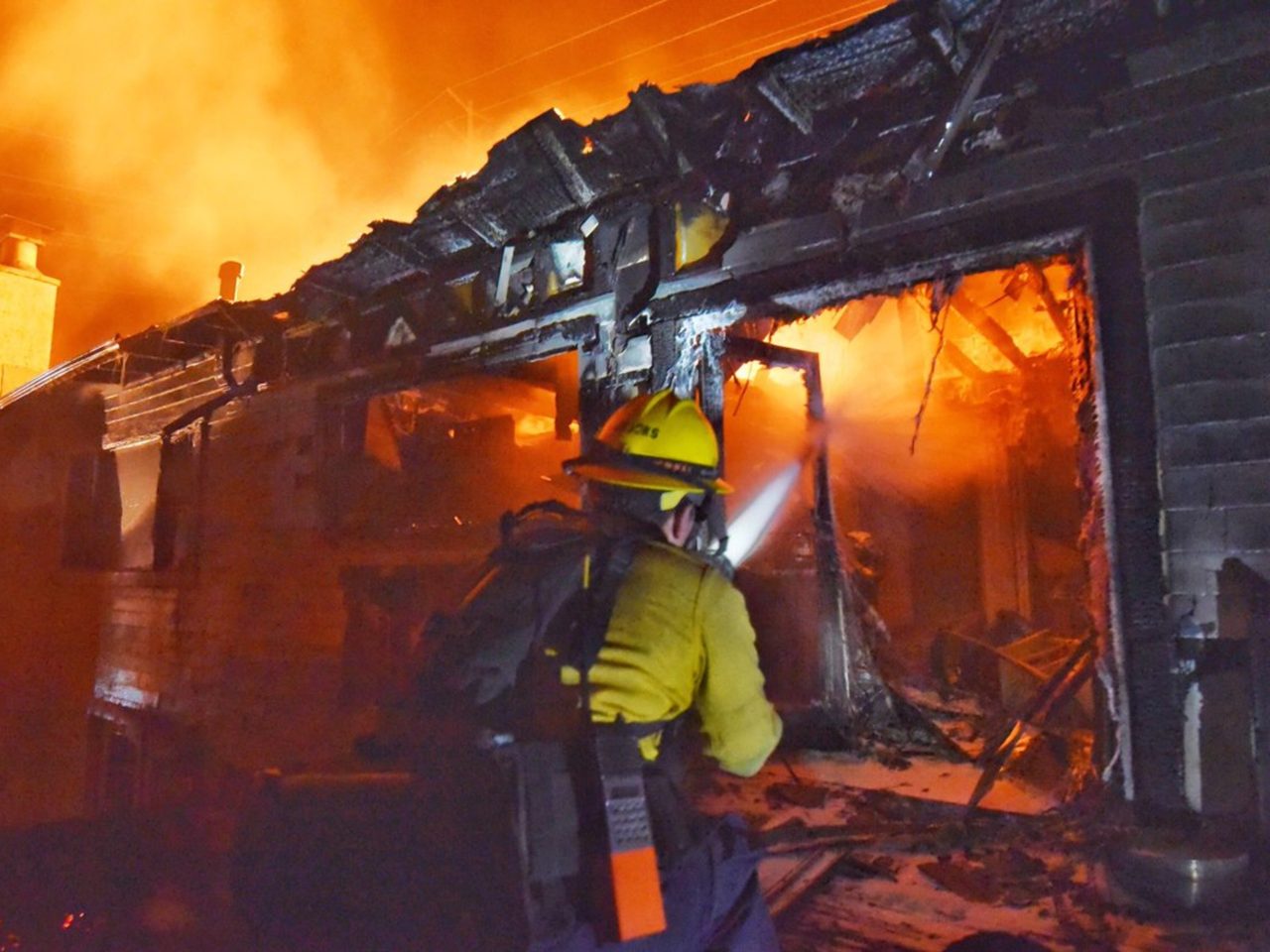CalFire reported a shrinking number of blazes, and big progress containing named fires, at 7 a.m. Sunday morning despite all-time-record temperatures and statewide “Red Flag” risks.
The National Weather Service (NWS) issued Red Flag Warnings and Fire Weather Watches on Friday and Saturday across California to alert the public and fire departments to take extreme caution over the next 12-72 hours due to low relative humidity, strong winds, dry fuels, the possibility of dry lightning strikes, or any combination of the above.
The NWS reported that a huge high pressure dome, which formed over Southern California, had brought record or near-record high temperatures on Saturday, including: 1) 111 degrees at UCLA, an all-time-record surpassing 109 degrees on Sept. 20, 1939; 2) 115 degrees in Woodland Hills, an all-time record; 3) 118 degrees in Riverside, which tied the all-time record from 1925; 4) 114 degrees at Hollywood Burbank Airport; 5) 117 degrees at Van Nuys Airport; 6) 92 degrees in Ventura; 7) 114 degrees in Santa Ana, and 8) 117 degrees in Ramona.
But despite what was expected to be a huge increase in the number and intensity of named fires burning across the state, CalFire reported that the massive County Fire grew only 50 acres to 88,525 acres overnight, and is now 55 percent contained.
Of the 14 other smaller named fires, 13 are averaging about 80 percent contained. Only the 30,500-acre Klamathon Fire in California’s remote northern Siskiyou County, which has destroyed 72 structures, is just 25 percent contained. But containment is up from 5 percent on Friday night, as CalFire was able to concentrate 2,000 firefighters on the task, and the National Guard responded to assist with the blaze and with further evacuations.
The Southern California heat wave is expected to moderate through the week, with temperatures in the 80s for coastal communities, mid-90s in many valley areas, and triple-digits in the deserts. There is a small chance of cooling rain, but the NWS and CalFire are concerned that thunderstorms could cause San Bernardino Mountain lightning strikes and generate new wildfires.
The scorching heat is expected to return by next weekend, with temperatures spiking 10-20 degrees above normal across much of California. Wildfire risk will be extreme.
